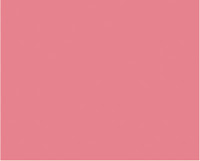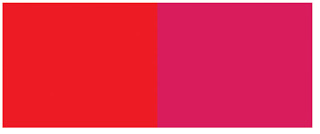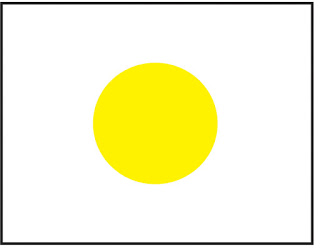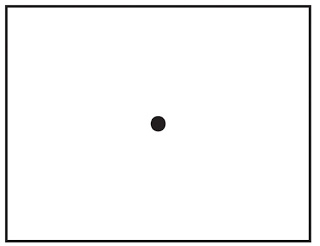Value
Tints and Shades
Intensity
Tone
Warm and Cool Colors
Complimentary Colors and After Image
Complementary hues are defined as two hues, which create after-images of each other. Yellow has a blue-violet after-image and blue-violet has a yellow after-image. On most color wheels complimentary colors are across from each other. Placed next to each other compliment hues have the greatest possible contrast. When mixed together the result is a neutral hue. Complimentary colors also induce the visual phenomena of After Image. When the eye to focuses on a hue for an extended period of time, then looks away it will see the complimentary hue. For example, stare at the yellow dot below for 30 seconds then look immediate at the black dot below. Viola! Visual Magic!









